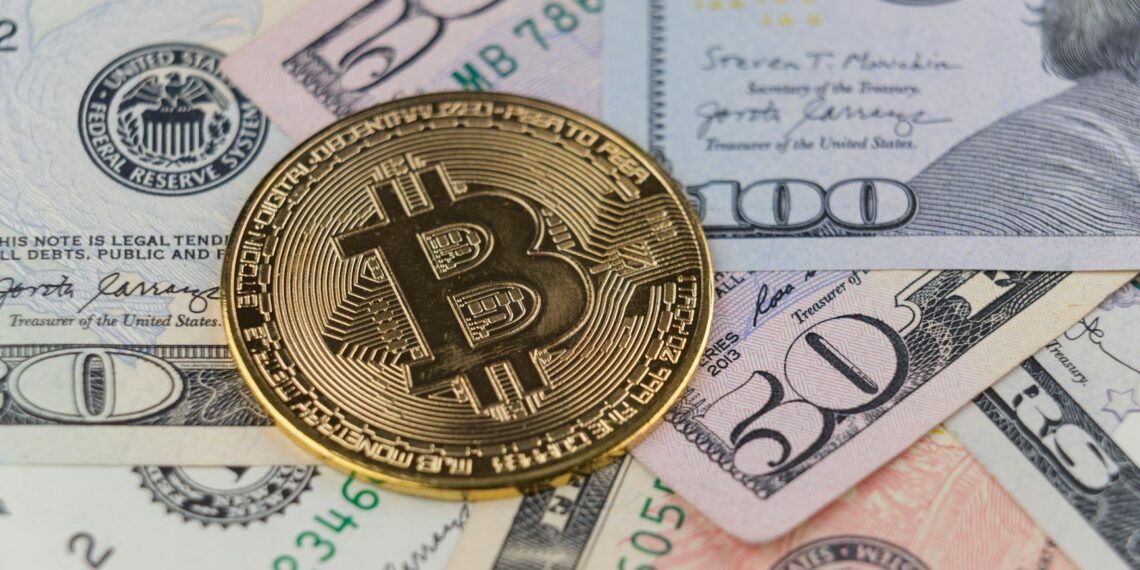The value of a 1917 half dollar coin (Walking Liberty Half Dollar) can vary greatly depending on several factors, particularly its condition (grade), mint mark, and whether it’s an “Obverse Mint Mark” or “Reverse Mint Mark” variety.
Here’s a general overview of the potential value based on these factors:
- Circulated: Coins that have seen regular use will be less valuable than uncirculated ones. For example, a 1917 half dollar in “Good” condition could be worth around $18-$27, while a coin in “Very Fine” condition might be in the $37-$155 range.
- Uncirculated: Coins in pristine condition, showing no signs of wear, can be significantly more valuable. For example, a 1917 half dollar without a mint mark (Philadelphia mint) in uncirculated condition is listed at around $70, but can sell for up to $28500.
- Philadelphia (No Mint Mark): These coins typically have a lower value than those from other mints.
- Denver (D): 1917-D half dollars with the mint mark on the obverse can fetch between $30 and $900 in circulated condition, and up to $30000 in uncirculated condition.
- San Francisco (S): 1917-S half dollars are generally more valuable, with circulated examples ranging from $20 to $3900, and uncirculated examples potentially reaching up to $175000.
In 1917, the location of the mint mark was changed from the obverse (front) of the coin to the reverse (back). This means:
- Obverse Mint Mark: These coins, especially from the Denver (D) and San Francisco (S) mints, are rarer and can command higher prices due to this “error” or variation in minting. [According to NGC] , a 1917 D Obverse half dollar in circulated condition is worth between $30 and $900, but in pristine, uncirculated condition, it could sell for up to $30000. [NGC states] , a 1917 S Obverse half dollar can be worth between $35 and $3900 in circulated condition, and up to $175000 in uncirculated condition.
- Reverse Mint Mark: Coins with the mint mark on the reverse are more common and generally hold a lower value than their obverse mint mark counterparts. [According to NGC] , a 1917 D Reverse half dollar can be worth between $25 and $1100 in circulated condition, but up to $55000 in uncirculated condition. [NGC states] , a 1917 S Reverse half dollar in circulated condition is worth between $20 and $750, but up to $54500 in uncirculated condition.
- Rarity: Coins with lower mintage numbers or unique characteristics are generally more sought after by collectors.
- Demand: Popular coin series or specific varieties with a strong collector base can also influence pricing.
- Historical Significance: Coins tied to significant events or eras might attract higher prices.
- Bullion Value: Walking Liberty half dollars are made of 90% silver, which means they have an intrinsic melt value based on the current price of silver. This provides a base value, but numismatic value can greatly exceed the melt value. The melt value of a 1917 half dollar can range from $13.70 to $13.90, depending on the specific mint and current silver prices.
In summary: Determining the precise value of a 1917 half dollar requires carefully evaluating its condition, identifying the mint mark (if present), and checking whether the mint mark is located on the obverse or reverse. Consulting reputable coin dealers or utilizing online price guides like the NGC Price Guide or Greysheet can help provide more specific valuations based on the coin’s characteristics.









Where is the mint mark on a 1917 Walking Liberty Half Dollar?
Good point! On 1916 and some of the 1917 issues the coins mintmark is located on the obverse below the motto “In God We Trust.” The later part of 1917 forward the coins mint mark is located on the reverse to the left of “H” in “Half Dollar” – approximately 7 o’clock.
How much silver is in a 1917 half dollar?
It weighs 12.5 grams of . 900 fine silver, with a diameter of 30.6 mm… a net silver content of . 36169 ounces.
What year is the rarest half dollar?
I can help with that. 1796-1797 Draped Bust Half Dollar
These early half dollars are some of the most valuable and rare, as only 3,918 coins were struck between 1796 and 1797. Among these, the 1797 issue with 15 stars is the scarcest, with estimates suggesting that fewer than 250 examples have survived.